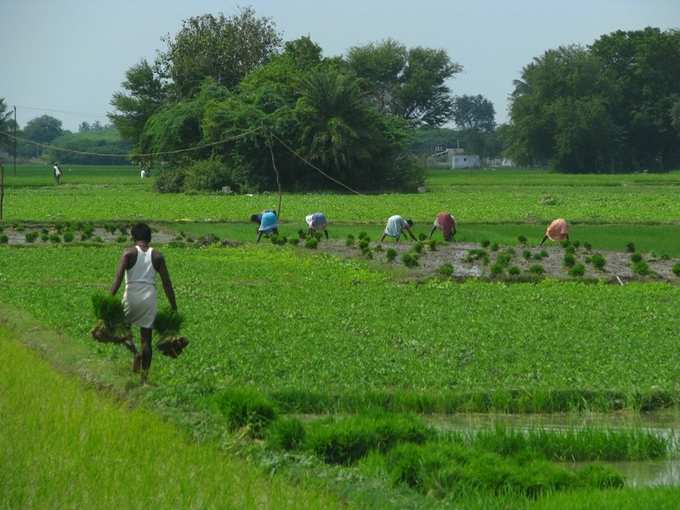
In a bid to boost the agricultural sector in India, the government has allocated Rs 568 crore to provide
“To expand water and land resources for
He further added that the government has launched the initiative under ‘Mera Gaon, Mera Gaurav’ campaign. He requested agriculture scientists as well as students studying agriculture to spread a word about the initiative.
“Improved soil health, high productive seeds, and modern agriculture practices, effective irrigation facilities, water to every agricultural land, apt marketing facility for agricultural produce are extremely important factors for the growth of agriculture as a whole,” added Singh.
Mentioning about Pradhan Mantri Krishi Sinchai Yojana, Mr Singh said that the programme will play a vital role in bringing water to every agricultural land in the country. He added that Soil Health Card (SHC) provided to farmers will be a tool to identify the nutritional requirement of the soil and apt laboratory analysis for increasing the agriculture production and productivity. He emphasized about organic fertilizer and traditional farming practices during his discussion.
Talking about Green revolution, he noted that the next Green Revolution is possible in 7 northern states. “For north and east states, the traditional farming will be encouraged and the government has already released Rs 100 crore to boost it,” he averred.
It should be noted that the government aims to facilitate farmers to get remunerative prices for their agriculture produce. He explained that e-marketing of agricultural products such as mango, guava and lychee has great potential in the international market.
He said that with the setting up of the price stabilization fund, farmers will be able to get remunerative prices for their agriculture products. The government also aims to promote e-marketing of agriculture products especially horticulture produce like lichi, mango, gauva in the international market.
In recent times, agriculture sector’s contribution to the country’s GDP has been steadily declining and was 13.9% in 2013-14. However, in terms of employment, the sector can be credited for employing 54.6% of the country’s population.
